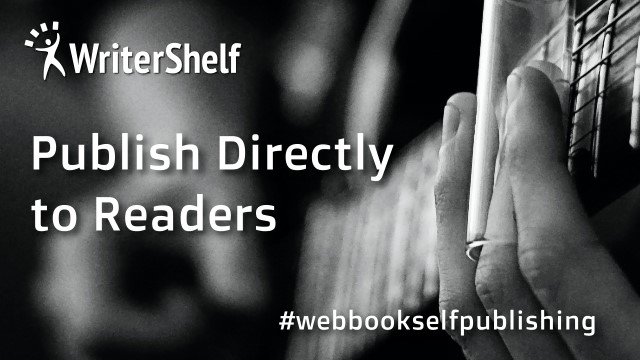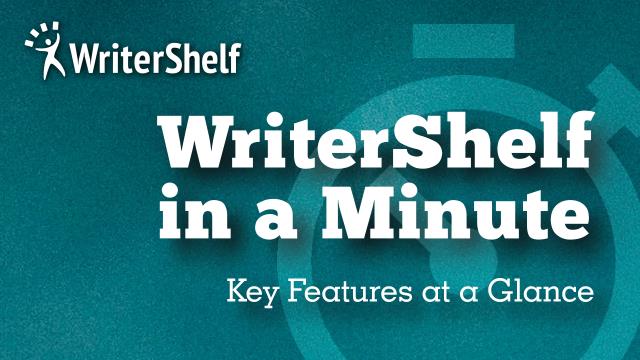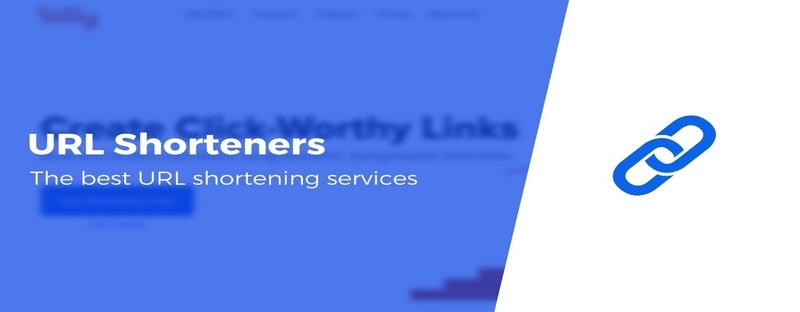Eight Steps to An Effective Dunning Campaign
635
0
·
2019/12/23
·
7 mins read
☕
WriterShelf™ is a unique multiple pen name blogging and forum platform. Protect relationships and your privacy. Take your writing in new directions. ** Join WriterShelf**
WriterShelf™ is an open writing platform. The views, information and opinions in this article are those of the author.
Article info
Categories:
⟩
⟩
Tags:
Date:
Published: 2019/12/23 - Updated: 2020/01/24
Total: 1647 words
Like
or Dislike
More to explore










This article was originally published at Tesorio
If you sell to customers on credit, you are probably already using dunning letters. These are simple notes that tell a customer “Hey, you’re overdue. Can you please pay us?" You can send a dunning letter via email or as a paper letter. Sounds simple? Actually, no. To write an effective dunning letter requires great attention to detail and often creativity. The best collections teams are constantly testing dunning campaigns and making changes to try to improve them, and they are measuring their results. While this may require more upfront time and thought, taking a more detailed and creative approach to dunning should yield significant dividends from better response rates to your dunning campaign. Here’s a quick guide to writing a rockstar dunning letter.
Determine Your Dunning Campaign Metrics
What do you want to measure to see how well your dunning campaign is working? This is a key consideration because it allows you to use data to judge your results and compare different campaigns against each other. Some basic metrics you might consider include email open rate, email response rates (meaning, they replied), clicks on links in an email (if you have sent them a payment link, ideally), and percentage of recipients who pay within 30 days or 60 days. Also, receiving your letter as well as the percentage of total invoices paid by recipients who do pay. For paper dunning campaigns, the metrics are more simple; did the customer pay? Often a company will send both, and that’s normal. Yes, the ultimate bottom line is simple: how much cash does your campaign collect? But studying these other metrics might give you directional guidance. For example, if your email open rate is better for one campaign than another, this likely indicates better payment rates and probably indicates better recipient engagement. So you may want to look at how the more successful campaign was different to apply those insights to improve other campaigns.
Email, Paper or Both?
Certainly, email is more convenient. It also allows the inclusion of links to payment options. Email is also easier to track and follow up on. That said, sometimes paper still cuts through the noise and grabs someone's attention. It feels more serious. We wouldn’t recommend paper as a primary means of sending dunning notices, but you may want to consider sending them alongside emails for greater effect. If so, definitely refer back to the email in the letter in order to guide the recipient to quicker action. (In fact, consider that your dunning email may have been screened as spam or deposited in a low-priority inbox, a common occurrence with Google Mail).
Test the Subject Line and Copy
This goes back to the discussion above about metrics. Dunning campaigns are actually just another type of email marketing. Email marketers have long known that the subject line of their messages can strongly influence the likelihood of recipients to open that email. If you are sending a high volume of dunning emails, then it’s definitely worth your time to test different subject lines. (This is called A/B testing.) The basic rule of thumb in A/B testing is simple. Never test more than two subject lines at a given time in order to make sure you know the true impact of each change. What applies to subject lines also applies to copy in the dunning letters. Try two different versions of a letter to customers in the same segment (meaning size or days overdue or geography). (Here is a link to a good beginner article on A/B testing).
Adopt the Right Tone
Obviously, collecting money is serious business. However, bone dry or threatening dunning letters may perform worse than a dunning letter with a gentle touch or even a little bit of humor. You don’t know what’s going on inside the company; there could be major problems and a lot of stress. The accounts payable team may be under tremendous pressure. While that’s not your problem, you want to treat them with empathy. So for the first letter in a dunning campaign, consider a conciliatory and relaxed tone. For subsequent letters, you may want to adopt a more serious tone with specified negative consequences (i.e. a service cut off or submission to a collections agency) laid out very clearly. To make it clear that matters are growing more serious with each letter, you probably don’t want to use the exact same dunning letter copy for the first, second and third notices. Additionally, there may be cultural nuances for customers in different geographies or from different countries and industry sectors. So factor all of these into the tone and where you are in the collection cycle. If you are very unsure of how to write a good collections letter, you can have an attorney do it for you (or even post it on a legal site like UpCounsel where an attorney can write one for a relatively small fee).
Make It Personal (If You Can)
There is a reason why sales teams increasingly adopt tools that allow for brief personalized notes on outreach emails. Personalization works. It shows the recipient of a dunning email that you have taken the time to acknowledge them as a person. Granted, dunning and collection letters are not the happiest communication but the purpose is very similar to that of a sales email; you are trying to close the invoice, rather than the sale. Personalization is not always possible. For example, if there is high turnover at the debtor company or if all invoices and notices go through a centralized email box, personalization can be challenging. And you probably don’t want to put a personalized subject line because it may appear unprofessional in such a serious situation. But if, for instance, you have a personal contact at the customer company, even a brief mention can humanize the interaction and reframe the request as coming from one person to another. Manual personalization of dunning letters can be very time consuming so you may want to consider using a system that can automate some of the personalization or allow you to quickly add a note to the body of an otherwise standardized letter. In this same vein, if at all possible, make the dunning email come from a personal email (joe@company.com) rather than a system email address (ar@company.com). Personal emails are more likely to be read and less likely to get filtered as Spam.
Make It (Ridiculously) Easy to Pay
This sounds silly but including a link to direct payment options will radically increase the chances that you will get paid quickly. The link should take them to a payment gateway that can ideally handle credit card, ACH/EFT, and Wires. Make it stupid simple for the recipient to pay their debt. For that payment link, as well, make sure that you are sending a secure (https://) domain. With the rise in spearfishing and email fraud targeting company AP departments, it’s important to make the paying feel as secure as possible.
Speed Up the Cadence
Many companies have a practice in collections and accounts receivable management that is to send out the first collections notice when a customer is 15 to 30 days late in paying their invoice. This may be too long to wait. A good amount of research has found that the earlier you notify customers they are late, the more likely you are to get paid. In fact, as often as not, late payment isn’t a conscious decision but an oversight or a reflection of your low priority in the bulging queue of an overworked accounts payable team. With that in mind, you may want to send the first note even if the invoice is a week or even a few days late. Consider, as well, the size of the customer and past customer payment behavior. If a customer pays 30 days late like clockwork, then it may not be worth the effort to accelerate their payment because you are encountering an internal policy of 30 days late payment. (You might be able to learn this information from a quick conversation with your AP team counterpart).
Consider Whether Advanced Dunning Automation Tools Makes Sense
Most of the ERP systems, such as NetSuite, have some automated dunning campaign features. That said, collections teams may want to consider third-party solutions that give greater flexibility and control over dunning. For example, running campaign tests in many ERP dunning systems is not possible, and creating multiple templates is time-consuming and challenging. If your dunning ERP’s default automation system is boxing you in and is hard to use, you may want to consider shopping around for a collections automation product that has modern software features like team assignments, bulk actions, and multiple-templates. Dunning automation tools can also help you ensure that your emails are actually delivered: just like email marketing, blasting out 1,000 dunning emails in a short span of time will trigger Spam filters and significantly reduce the likelihood that your emails are received, let alone read. Recovering from a Spam catastrophe like this can be painful and require weeks of time working with IT teams. So consider the risk you may be taking before you push send.
Conclusion
After reading this, we hope you will have some ideas on how to think about building out a detailed and effective collections campaign structure. Most of what we talk about here can be turned into a repeatable process that your collections team and accounts receivable managers and analysts can fine tune and revise to improve results. You may want to revisit your process and look at the data a quarter or six months after you first implement. You should see positive results that will convert into improved metrics for Days Sales Outstanding, Average Days Delinquent, and Free Cash Flow.
Author